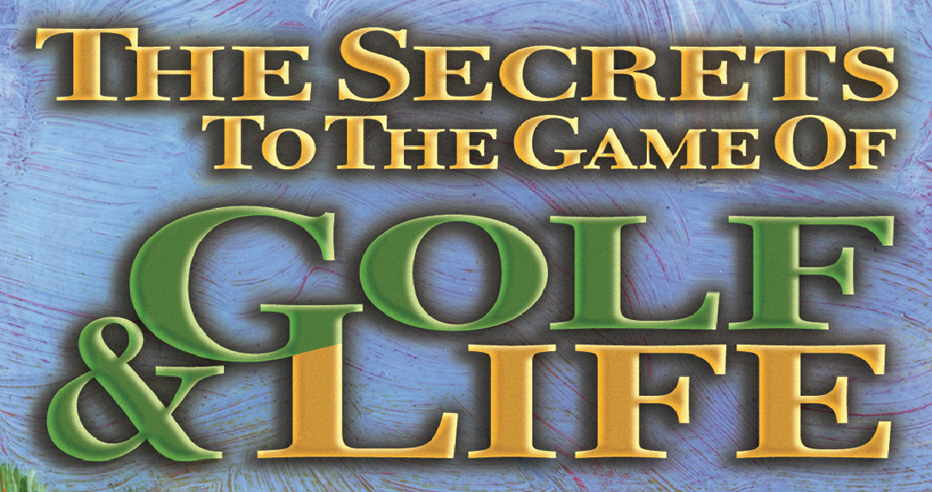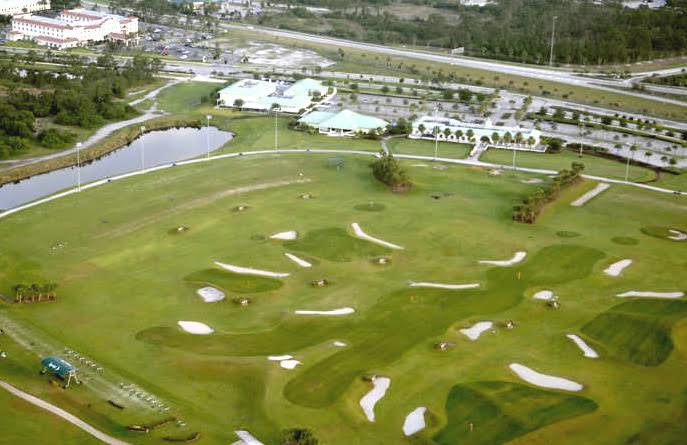By BRUCE VITTNER
For the third year in a row this reporter was part of a golf group that visited the PGA Village in Port St. Lucie after the PGA Merchandise Show in Orlando. It just keeps getting better. Rated one of the Top 50 Best Golf Resorts in North America in 2009, all of the other golfing amenities the place has, it’s definitely one of the top 10 in America for golfers to visit.
Imagine three championship golf courses, two designed by Tom Fazio, and the other designed by Pete Dye. Add to that the PGA Center for Golf Learning and Performance, rated Number 10 best practice area by Golf Digest in 2010, the PGA Historical Center that has wonderful memorabilia from the PGA and an incredibly helpful and knowledgeable staff, you have a place that every golfer should make plans to see.
We’ve had a chance to play all three golf courses, spend many hours at the Golf Learning facility and hours at the Historical Center. It doesn’t get much better!
PGA Village was the first public facility owned and operated by The PGA of America and its 26,000 members. It serves as the winter home to PGA professionals. While we were there this year the NEPGA was conducting a tournament and we saw teams from Russia and Holland preparing for the 2016 Olympics. The PGA Education Center located on the property is home to the PGA of America Golf Schools and serves as a training forum for PGA apprentice professionals.
Back to the golf. Tom Fazio built the first two courses in 1996, then called the North and South courses. Pete Dye’s course opened in 2000. All three made the Top New Courses in America list when opened. All three courses went through major renovation in 2006 and 2007 and Fazio’s courses were renamed to the Wanamaker and Ryder Courses.
The Ryder Course reminds players of a Carolina layout with tall pines and even some hills. It was named after Samuel Ryder who founded the Ryder Cup matches. There is plenty of water, especially on the par 5 fourth hole. It’s a dogleg right that winds around a long pond along the right side. Cut the corner on your tee shot and go over the water on your second and you might reach the 521-yard hole in two. Probably better to make it a three-shot hole, but fun to give it a try. It’s the number one handicap hole for a reason. Number 10 has an elevated narrow green and numbers 17 and 18 are very difficult pars.
Fazio’s other course, Wanamaker, is named after Rodman Wanamaker who organized a meeting of top golf professionals and amateurs that led to The PGA’s founding in 1916. This is a true Florida layout with a great deal of wetland and plenty of vegetation and palm and palmetto trees. In typical Fazio fashion, there are bunkers everywhere and of every design. Accuracy will definitely help you on this course which most rate the most difficult of the three with two par 3’s well over 200 yards. The seventh seemed the most difficult and the 18th is a long par 4 bending around a lake to a tiered green.
The Dye course is a links-style design with plenty of water, but not much that should come into play. There are five sets of tees, and it is important to select the one for your game. The championship tees tip out at 7,215 yards with a rating of 74.7 and a slope of 139. Move up!! We played the standard tees at 6,105 and it was just right. Champion Ultra Dwarf Bermuda grass makes the greens roll perfectly true.
All three courses have earned the Audubon International Signature Status award. Each is distinctive and memorable. The conditioning on all three, the practice tee and the fine clubhouse where the sandwiches and meals are excellent and reasonably priced make you smile when reliving your rounds. There is also a family fun course that is great for children and wives who might not want to venture onto the championship course. There are two putting greens, one almost the size of Rhode Island, chipping areas, bunker areas with dozens of different kinds of sand and a three-hole course used for on-course instruction. Many of the touring pros visited the center to practice hitting sand from the bunkers like they would play in Hawaii in January. There are more than 100 hitting stations on this 35-acre site that is really a golf park. You do not pay for a bucket of balls. Your fee is for the whole day, very reasonable, and you get as many balls as you want to use. “Millions of balls are hit every year on this site,” said Bob Baldassari, general manager of PGA Village.
What sets the PGA Village apart from other resorts is the PGA Historical Center. We saw the Ryder Cup and the four major Championship trophies in golf, the first program ever for The Masters, a picture of the first Masters players, Donald Ross’ workbench from 1900, a new section paying tribute to African-American golf pioneers and enough pictures and plaques to keep you busy for hours. The PGA Historical Center also houses the Probst Library, considered one of the world’s foremost golf reference libraries.
The PGA Village is 45 minutes north of West Palm Beach and two hours from Orlando. There is an excellent Hilton Garden Inn with over 300 rooms adjacent to the property and the PGA Village also has condos to rent for groups of golfers. You can find out more about the resort at www.pgavillage.com or by calling 1-800-609-9067 for tee times and golf packages. If you are a golfer you need to go.
Bruce Vittner is a member of the Golf Writers Assn. of America and the Golf Travel Writers of America. You can reach him at [email protected].

